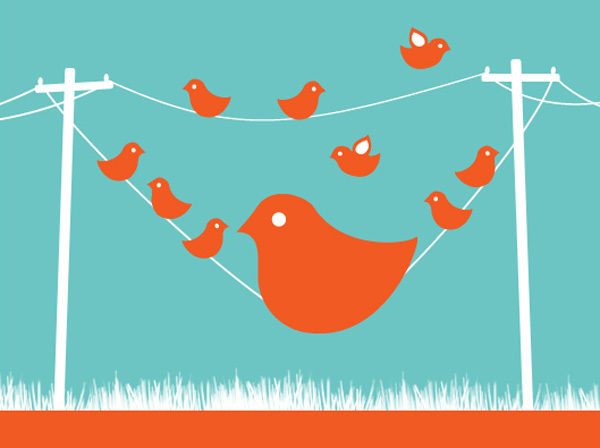Twitter is an online social networking service that enables its users to send and read text-based messages of up to 140 characters, known as “tweets”. It was founded in 2006 in San Francisco by Jack Dorsey, Noah Glass, Evan Williams, and Biz Stone, and now counts about 500 million users worldwide.
I posted the below comment to the New York Times online, in response to a call for questions accompanying technology reporter Nick Bilton’s profile of Twitter CEO Dick Costolo, October 6th, “A Master of Improv, Writing Twitter’s Script.” Bilton is currently writing a book about Twitter, expected out in late 2013.
—–
There’s a basic reason many people are concerned about Twitter’s evolution: a valuable service seems to be turning from a transformative, open-innovation platform into a closed, ad-based model.
Twitter offered a vision of a universal messaging system, and enabled a large creative ecosystem that built tools for reading & writing to it. User-led and 3rd-party innovation helped it succeed globally and become a sort of de facto public newswire.
It was natural to hope Twitter might evolve business models to preserve this openness. Costolo recently cited Amazon as a model, and Amazon’s AWS is a huge, profitable open-platform business offering internet infrastructure at low cost and on equal terms to any comer, enabling a vast variety of new services to be built.
In contrast, Twitter seems to be turning to an old-fashioned, closed-platform model. Only approved partners can build onto the system, and user experience is controlled. It’s yet another walled garden. Was that really the only possibility? Many people don’t think so, and now support alternative, open platforms & standards such as App.net, OStatus, Status.net, and Tent.io.
Critics of Twitter’s enclosure movement aren’t merely naive or slow. We care about preserving open media and an open Internet, and realizing the potential of a universal newswire that serves users, rather than being built primarily for advertisers and investors.
—
Tim McCormick
Palo Alto, CA, USA
@tmccormick
http://alpha.app.net/tmccormick
.
Afterword:
Reporter Nick Bilton followed up with answers to questions such as, what’s the LA office like, will the cafeteria perks go away, and does the CEO really have a “brawny” physique?
.
.

